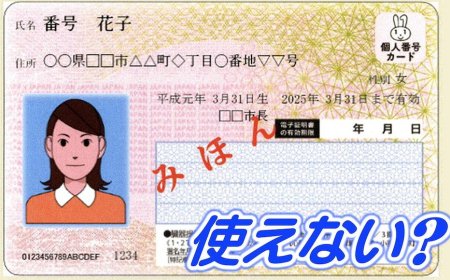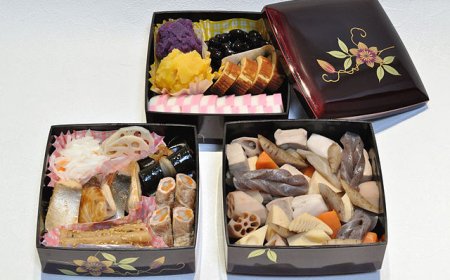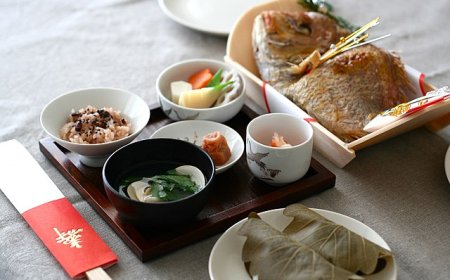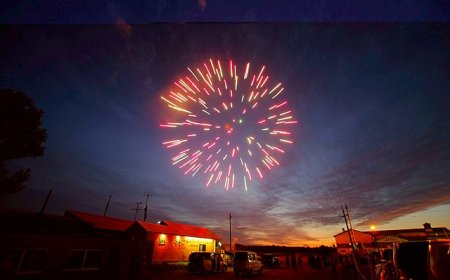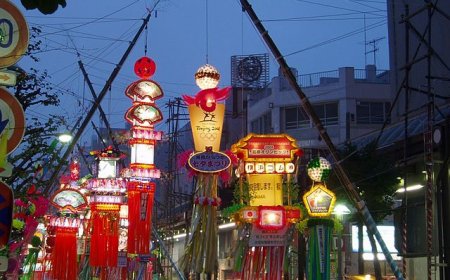Japanese calendar
Understanding the Japanese calendar is crucial for living in Japan or interacting with Japanese businesses and official documents. By familiarizing yourself with the era names and their conversion to the Gregorian calendar, you can easily navigate the system.
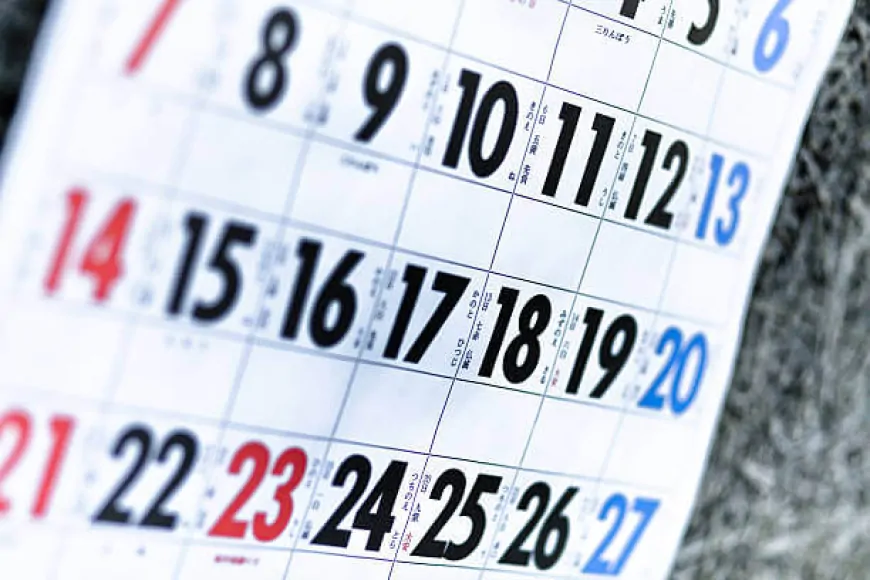
Japan uses a unique calendar system that combines the Gregorian calendar with the traditional Japanese era names, or "nengō" (年号). This can be confusing for newcomers, but with a little understanding, you can easily navigate and appreciate Japan's calendar system. Here’s a detailed guide on how to view and understand the Japanese calendar.
The Japanese Calendar System
- Gregorian Calendar: Like most of the world, Japan uses the Gregorian calendar for daily purposes. This calendar is based on a 12-month year, starting from January 1st to December 31st.
- Japanese Era Names (Nengō): The Japanese calendar also incorporates era names, which mark the reign of each emperor. Each emperor's reign begins a new era, and the years are counted from the start of their reign. For example, the current era is Reiwa, which began on May 1, 2019, with Emperor Naruhito's ascension.
How to View the Japanese Calendar
- Era Name and Year: To view the Japanese calendar, you need to know the current era name and the corresponding year. For example, 2024 in the Gregorian calendar is Reiwa 6 (令和6年) because it is the sixth year of the Reiwa era.
- Era Conversion: If you come across a Japanese date in an era format, you can convert it to the Gregorian calendar. For example, the year 2022 in the Reiwa era is Reiwa 4 (令和4年). To convert, subtract the starting year of the era from the Gregorian year and add 1. (2022 - 2019 + 1 = Reiwa 4).
- Date Formats: Dates in Japan can be written in different formats. The Gregorian format is often written as YYYY/MM/DD, while the Japanese format might be written as Era Name Year/Month/Day (令和6年/6月/1日).
Important Japanese Holidays
Understanding key holidays can help you navigate the Japanese calendar more effectively:
- New Year’s Day (元日, Ganjitsu): January 1st
- Coming of Age Day (成人の日, Seijin no Hi): Second Monday in January
- Golden Week (ゴールデンウィーク): A series of holidays from April 29th to May 5th
- Showa Day (昭和の日, Showa no Hi): April 29th
- Constitution Memorial Day (憲法記念日, Kenpō Kinenbi): May 3rd
- Greenery Day (みどりの日, Midori no Hi): May 4th
- Children’s Day (こどもの日, Kodomo no Hi): May 5th
- Obon (お盆): Mid-August, a time for honoring deceased ancestors
- Autumnal Equinox Day (秋分の日, Shubun no Hi): Around September 23rd
- Emperor's Birthday (天皇誕生日, Tennō Tanjōbi): February 23rd
The use of era names in the Japanese calendar reflects the country’s deep cultural and historical connections. Each era name is carefully chosen to represent the hopes and aspirations of the nation during the emperor’s reign. Understanding this system provides deeper insight into Japan’s unique blend of tradition and modernity.
Related Products
![【ふるさと納税】スーツケース [PROEVO-AVANT] フロントオー...](https://thumbnail.image.rakuten.co.jp/@0_mall/f405221-oki/cabinet/07205886/ay_sku/ay-s0005_00_v2.jpg?_ex=128x128)























